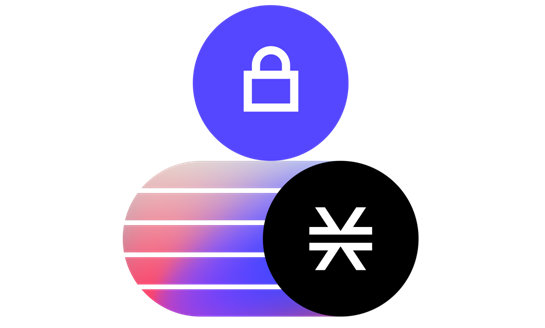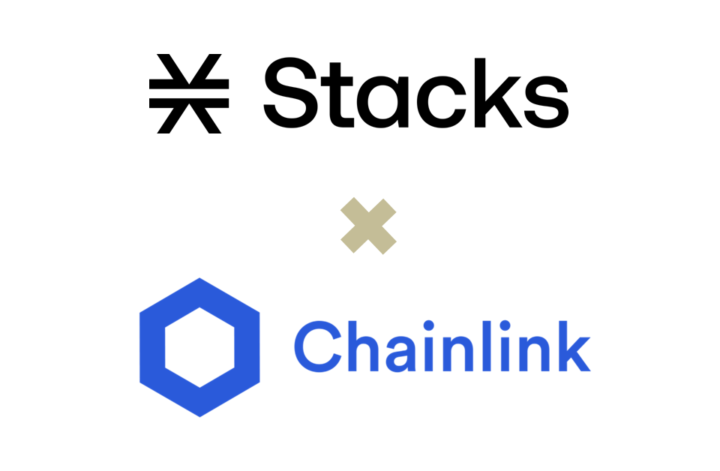Stacks 2.0 went live on mainnet in January 2021, and in less than 9 months the Stacks Ecosystem has grown tremendously with diverse sets of communities aggregating across different niche areas. Developers from around the world started building on Stacks Protocol, secured by the Bitcoin Network, with applications from DeFi to Supply Chain Management, Art, Utility Tools and more.
I’m creating this post to document the growth of the Stacks Ecosystem, with quarterly Ecosystem Map updates, so stick around for the latest Stacks Ecosystem updates!
1st Version of Stacks Ecosystem Map, as of September 2021:






